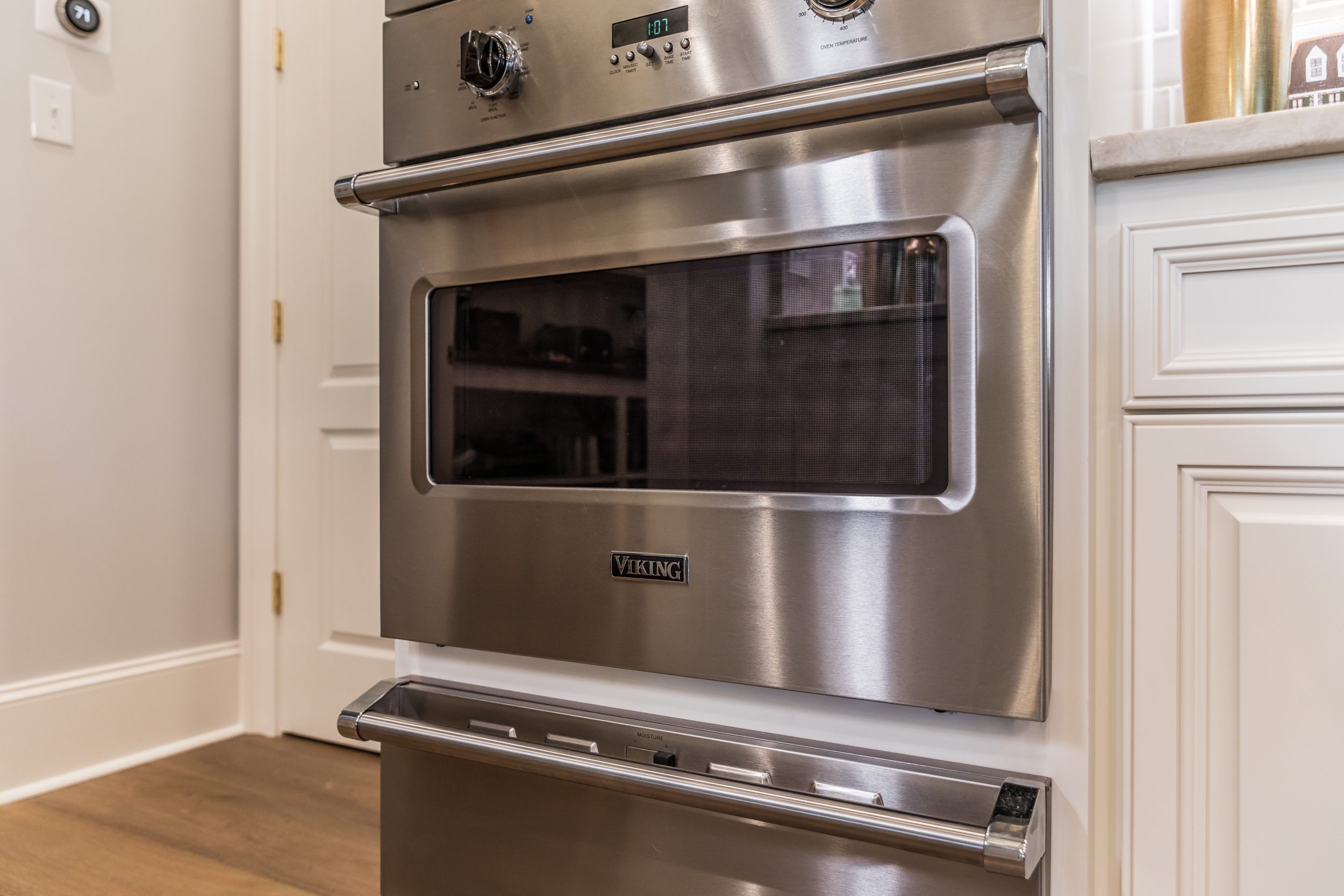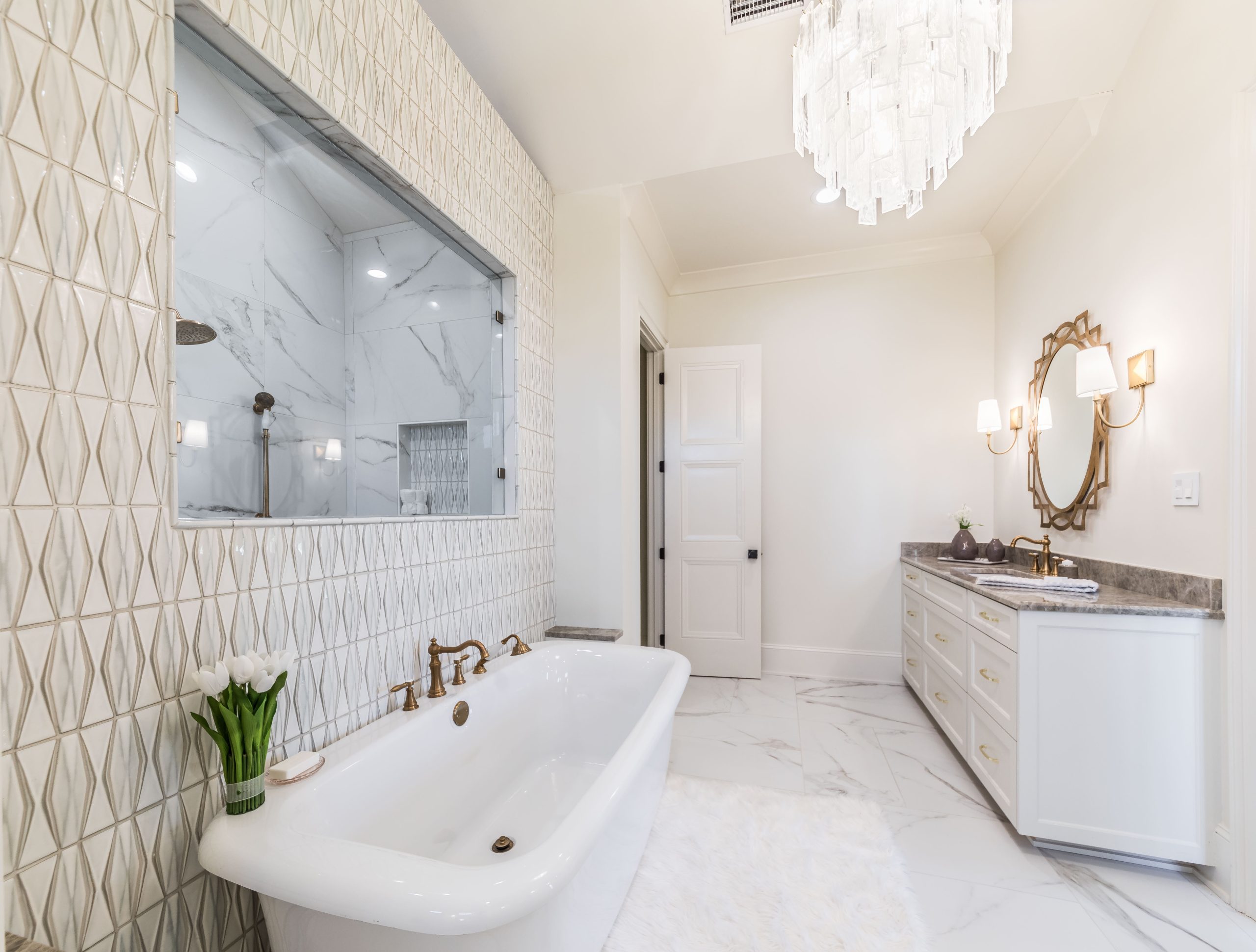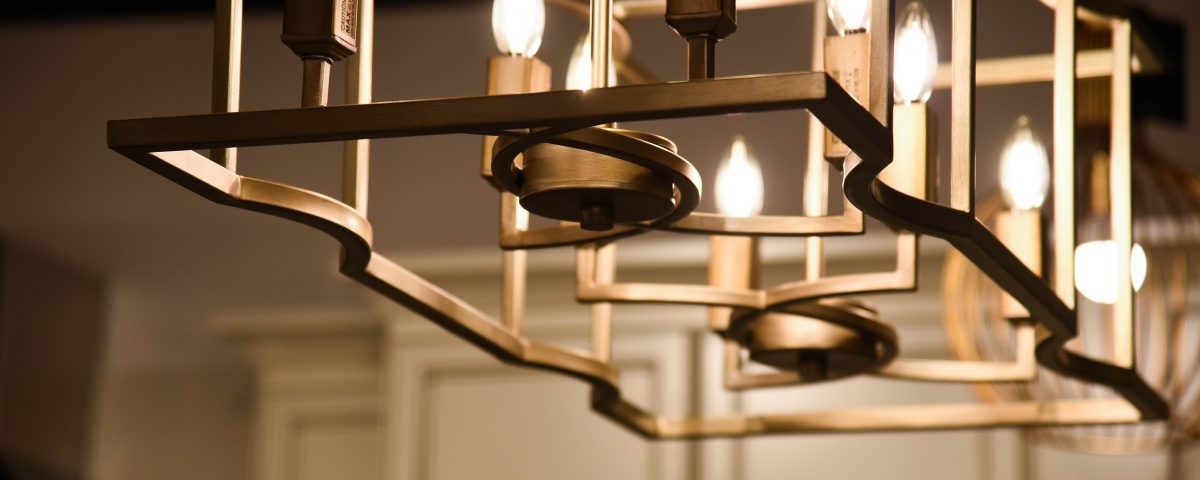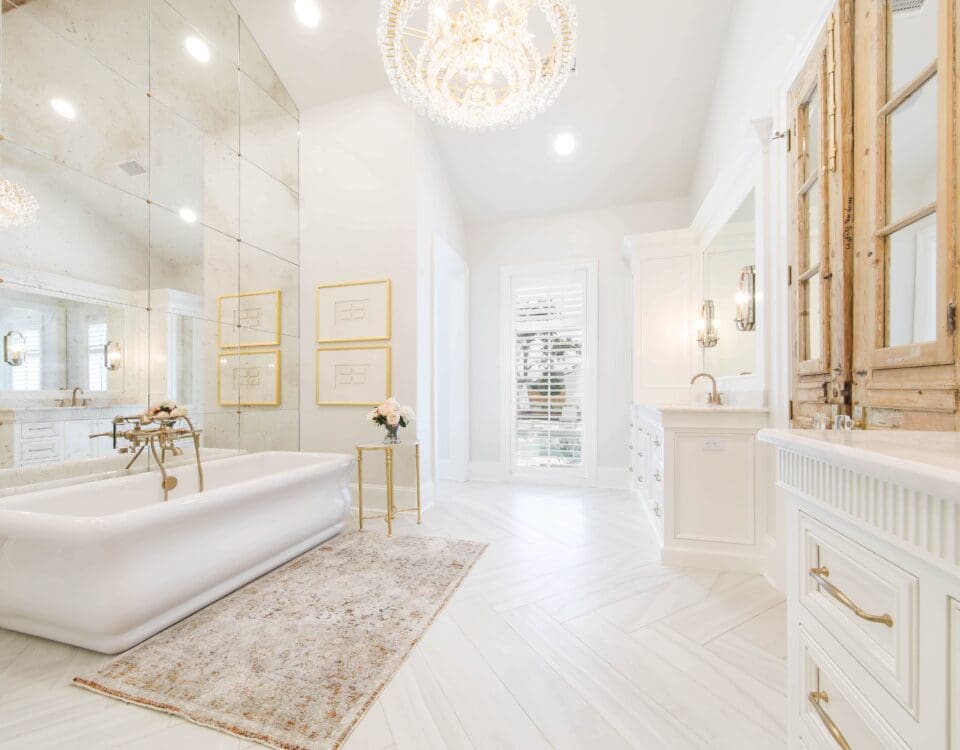
All You Need to Know about Warming Drawers
September 22, 2022
5 Ways to Create a Spa-Like Bathroom Without Breaking the Bank
October 24, 2022The use of pendant lighting is becoming a popular choice for interior design lighting. They are less bulky and come in a wide variety of shapes, sizes, and styles. In a kitchen, pendant lighting is usually installed over the sink, or the island, therefore, needs illumination that meets the demands of this room’s many uses.
They can add brightness and style to a home but choosing the right pendant lighting for your kitchen is important for the functionality of this space.
4 Main Types of Lighting
Task lighting
This has a specific purpose of helping better light an area in which you are performing a task, such as in the kitchen where you cook and eat.
Ambient lighting
This is the general lighting in a room that provides a comfortable level of brightness. It can also be the mood lighting if you put the fixture on a dimmer.
Accent lighting
It is intended to spotlight specific objects such as a painting, the mantel, and even outside landscaping converting them into focal points.
Decorative lighting
It adds the right element to a room by finishing off a look and tying everything together.
The use of pendant lighting in the kitchen is the perfect opportunity to add your unique taste to your home. The shades that are used on pendant lighting are what determine the ambiance of a space.
Closed shades hide the bulb and will soften the light, whereas open shades create bright spots beneath them. In addition, there are also open-top shades that bounce the light off the ceiling. A good rule of thumb is to scale the shades to the size of the room or its most important piece of furniture.
There are many different types of pendant lighting, and often manufacturers will categorize them with their own set of classifications. They range anywhere from 5 inches to 43 inches wide.
A large single pendant fits perfectly where you desire a focal point and an intense light source such as above a round dining table or in the center of an entrance hallway. Several small pendants, such as mini globes are great alternatives to track lighting.
They work well in vast spaces as individual task lighting because they can direct light in multiple directions. In addition, a general guideline for hanging pendant lighting is 7 feet from the floor to the bottom of your light. This is a good starting point and dependent on the height of the ceiling, tabletops, countertops, and even people, all help to determine the right height to hang your pendant lighting that works for you.
6 Types of Pendant Lighting
- Globe pendants are characterized by their round shape, whether they are called globes, spheres, or orbs, and never clutter the design.
- Bowl pendants are similar to a dome design and are simple yet functional. They tend to be wider and more open at the mouth.
- Multi-light pendants are individual pendants that hang from one base. You can mix up various pendant types and shapes or even have the same type of pendants in different finishes.
- Drum pendants are named for their shades which are fashioned much like drums. No matter what material you choose, they signify simple elegance.
- Abstract pendants do not have a definitive shape and are used more for decorative lighting where they are the center of attention.
- Bell pendants are named for their bell-shaped curvature and come in a variety of textures, such as wicker, metal, glass, and wood.
There are many benefits to opting for pendant light fixtures when it comes to lighting your kitchen or any other room of the home. To choose the correct pendant lights, shape is a key design consideration because it affects the style and function of the fixture.
You can even scale the pendant lighting, so it looks like a good fit in the kitchen. A good rule of thumb is to space the fixtures evenly, typically 24 to 30 inches between the centers of the shades. Also, an odd number of pendant lights looks much better than an even number.
5 Benefits of Pendant Light Fixtures
1. Decorative
They come in an assortment of materials and designs to complement any room in the home.
2. Adaptable and versatile
Whatever height you prefer, pendant lighting can be easily adjusted to suit your taste and decor. They also come in a wide range of styles to choose from to function in any space.
3. Provides added light
Due to the angle and height, pendant lightings illuminate areas where you need light the most.
4. Creates ambiance
Pendant lightings not only add a bit of flair, but it will create some ambiance too.
5. Affordable
The growing popularity and availability have made pendant lighting more affordable.
Good pendant lighting requires both function and aesthetics no matter where you decide to place one in your home. Depending on your room style, functionality needs, and space type, there is always a perfect pendant lighting style waiting to be found at Facets of Lafayette, the number-one lighting store in Lafayette, LA.
See also: Different Types of Kitchen Lighting
Facets has a big selection of pendant lighting to fit any space in the home. So, before getting attached to any one pendant lighting, stop by Facets to check out our wide selection of options. We are Louisiana’s largest wholesale distributor of lighting, kitchen appliances, plumbing, outdoor accessories, and much more.
Whether you are building a new home or renovating one, let Facets, the lighting store in Lafayette, LA, help guide you through all your home needs. Our showroom sales consultant will make sure you get what you want and deserve.
Sources:
https://www.1800lighting.com/blog/styles/spotlighting-the-different-types-of-pendant-lights.html



